The Caribbean harbors some of nature’s most extraordinary coastal phenomena: beaches where the sand glows with delicate shades of pink and coral. These unusual colors result from tiny organisms, crushed shells, and coral fragments that mix with traditional white sand to create shorelines that seem almost too beautiful to be real.
Unlike the typical golden or white beaches found throughout the tropics, pink sand beaches remain relatively rare and often require specific geological conditions to develop. From well-known tourist destinations to remote cays accessible only by boat, these islands offer a unique twist on the classic Caribbean beach experience.
Here is a list of 20 Caribbean islands where you can walk on pink sand beaches.
Barbuda

This Antiguan sister island boasts some of the Caribbean’s most spectacular pink sand beaches, particularly along its eastern and southern coasts. The pink coloration originates from tiny red organisms called foraminifera that inhabit coral reefs and wash ashore when they die.
Barbuda’s relative isolation means these beaches remain largely undeveloped, offering miles of pink sand with minimal crowds even during peak tourist seasons.
Harbour Island
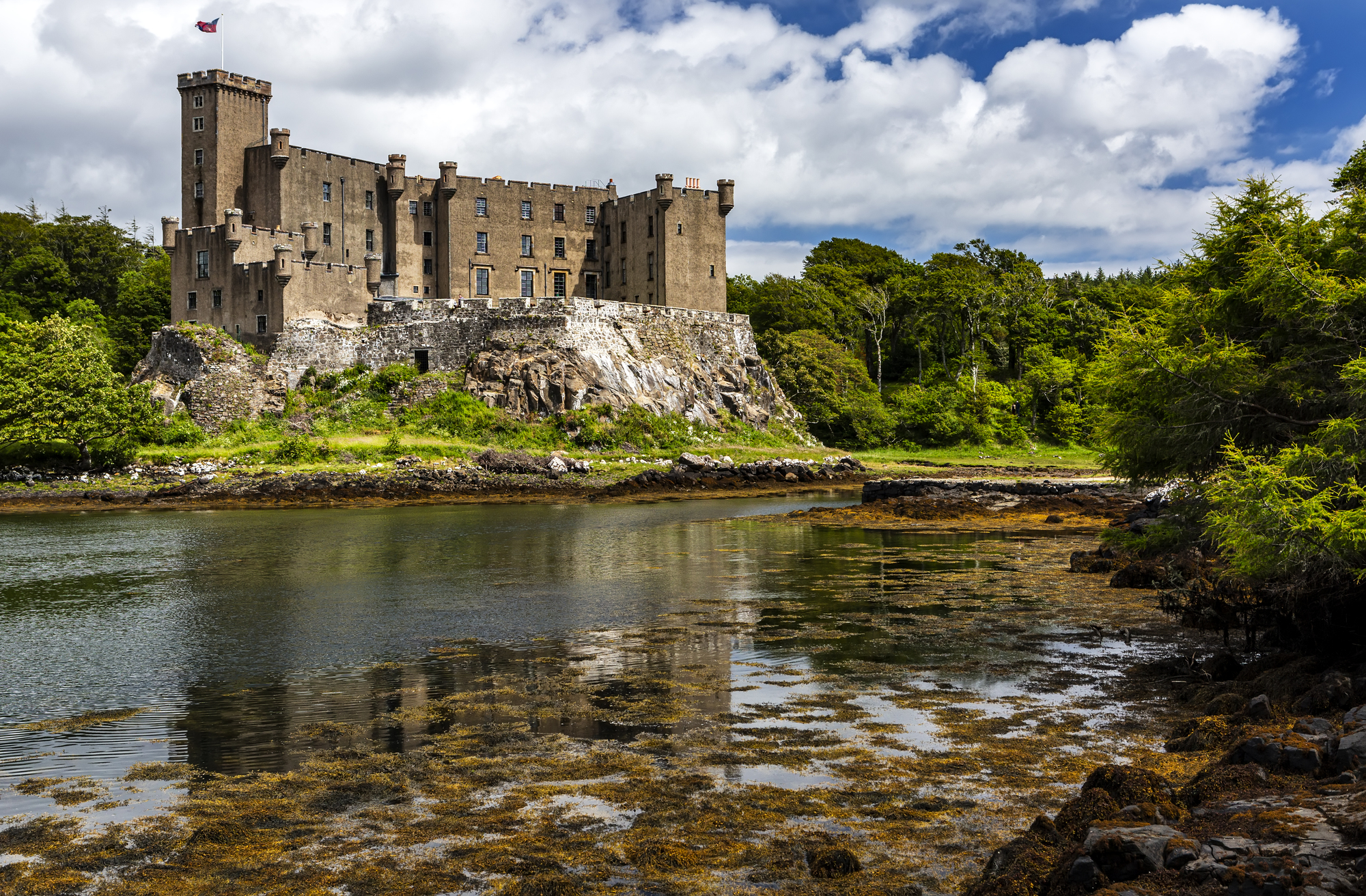
Located in the Bahamas, this three-mile-long island features perhaps the most famous pink sand beach in the Caribbean. The beach stretches along the island’s eastern shore, where the pink hue becomes most pronounced during the golden hours of sunrise and sunset.
Horse-drawn carriages and golf carts serve as the island’s main modes of transportation, maintaining the island’s charming, old-world atmosphere that perfectly complements its natural beauty.
Like Travel Pug’s content? Follow us on MSN.
Eleuthera

This long, narrow Bahamian island contains several pink sand beaches scattered along its Atlantic coastline. The island’s unique geography creates protected coves where pink sand accumulates, while the nearby coral reefs provide a continuous supply of shell fragments necessary to maintain the coloration.
Eleuthera’s beaches vary in intensity from subtle blush tones to more pronounced coral hues depending on recent weather patterns and tidal conditions.
Horseshoe Bay Beach

Bermuda’s most photographed beach showcases pink sand in a dramatic setting surrounded by limestone cliffs and rock formations. The pink coloration here results from crushed red coral and shells mixed with white calcium carbonate sand, creating a unique blend found nowhere else in the Atlantic.
The beach’s horseshoe shape provides natural protection from strong currents, making it ideal for swimming despite the powerful waves that help create the pink sand mixture.
Crane Beach
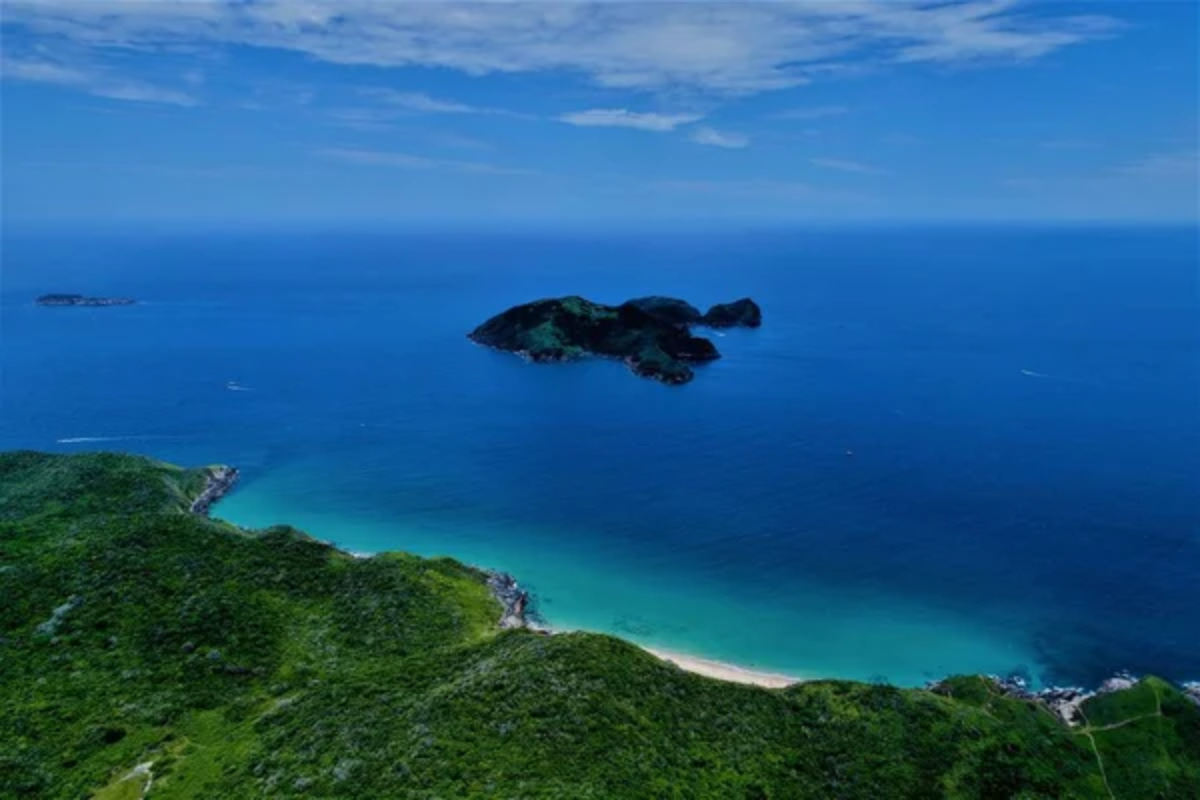
Also located in Barbados, this clifftop beach features pink-tinged sand that contrasts beautifully with the turquoise waters below. The beach sits beneath dramatic coral stone cliffs that provide both scenic beauty and some protection from trade winds.
Access requires navigating steep stairs, but the effort rewards visitors with one of the Caribbean’s most striking beach settings.
Like Travel Pug’s content? Follow us on MSN.
Pink Sands Beach

This aptly named stretch on Harbour Island represents the gold standard for Caribbean pink sand beaches. The three-mile expanse maintains its pink coloration year-round, though the intensity varies based on lighting conditions and recent storm activity.
Luxury resorts line portions of the beach, but public access ensures that everyone can experience walking on sand that looks like it belongs in a fairy tale.
Warwick Long Bay

Bermuda’s south shore features this expansive pink sand beach that stretches for nearly half a mile. The beach benefits from Bermuda’s unique position in the Atlantic, where Gulf Stream currents bring both warm water and the marine organisms that contribute to the pink sand formation.
Rock formations at both ends of the bay create natural windbreaks that help preserve the delicate sand composition.
Elbow Beach
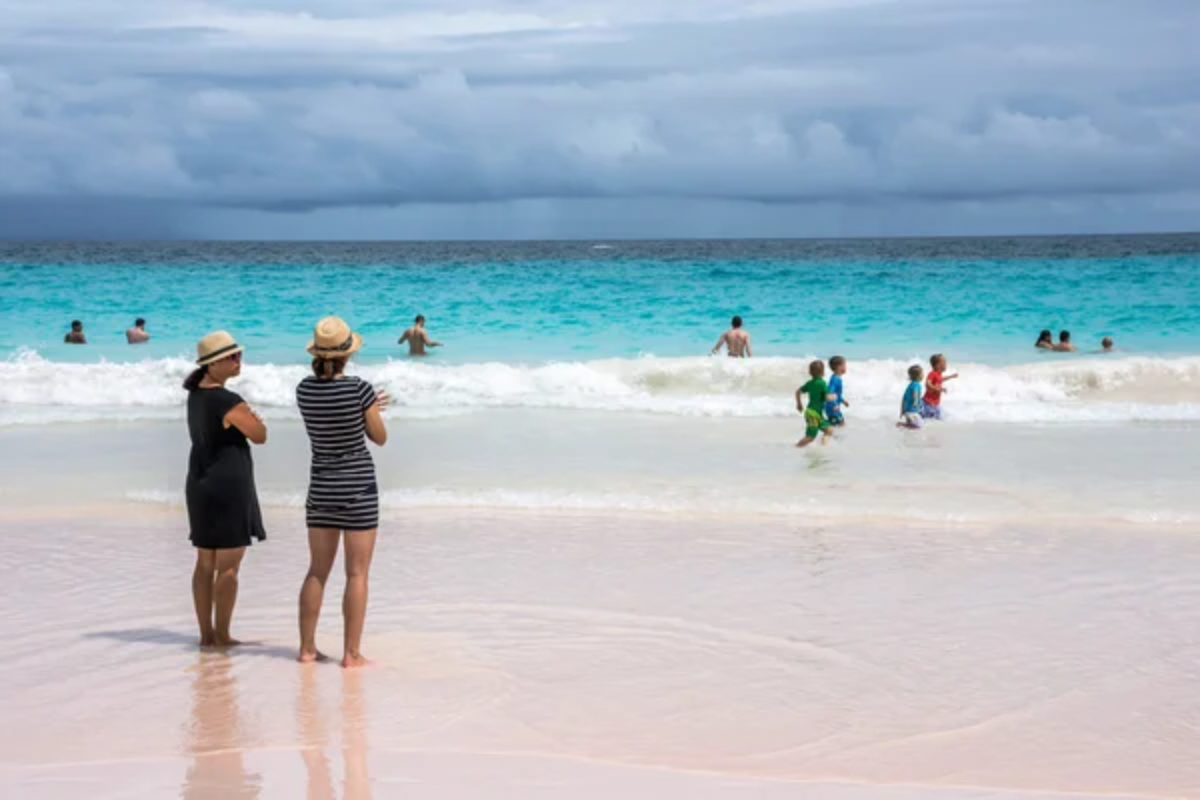
Another Bermudian gem, this beach combines pink sand with excellent swimming conditions and resort amenities. The pink coloration appears most vivid in the early morning and late afternoon when the sun hits the sand at optimal angles.
The beach’s protected location provides calmer waters than many of Bermuda’s south shore beaches, making it popular with families despite the premium resort development.
Like Travel Pug’s content? Follow us on MSN.
Spanish Wells
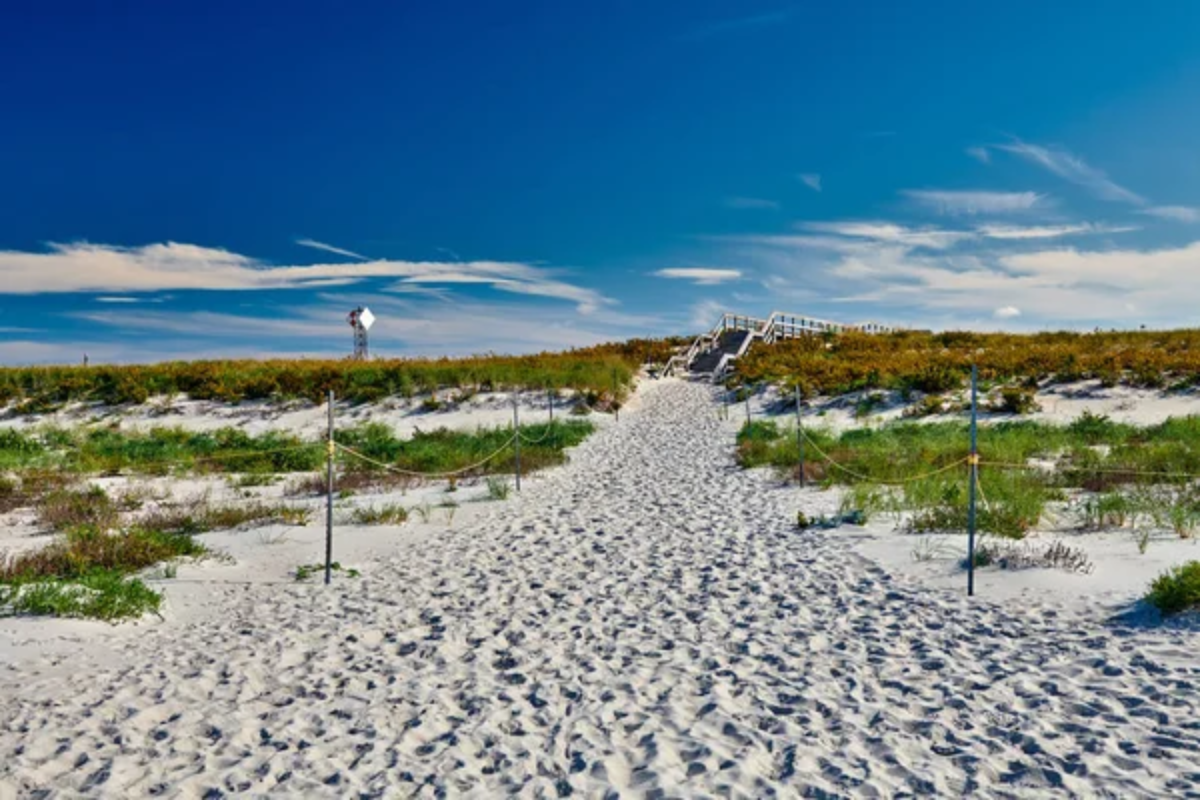
This small Bahamian island features pink sand beaches that remain largely unknown to mainstream tourism. The local fishing community has preserved the island’s authentic character, while the beaches maintain their natural pink coloration without the foot traffic that can disturb delicate sand compositions.
The island’s position creates ideal conditions for the shell fragments and coral pieces that produce the distinctive pink hue.
Great Exuma
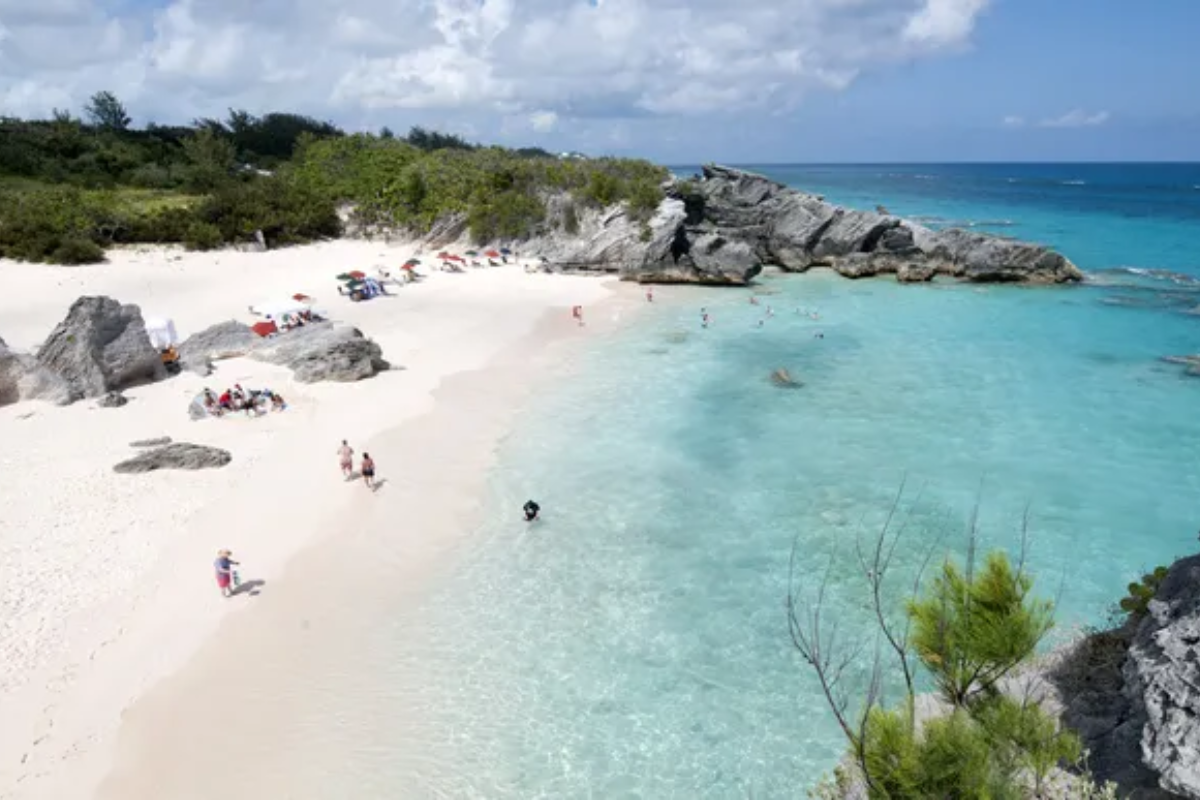
Home to the famous swimming pigs, this Bahamian island also boasts several pink sand beaches along its eastern coastline. The beaches here showcase varying degrees of pink coloration, from subtle rose tints to more pronounced coral shades, depending on recent weather and tidal patterns.
The island’s diverse attractions allow visitors to combine experiences on pink sand beaches with unique wildlife encounters and water sports.
Cat Island
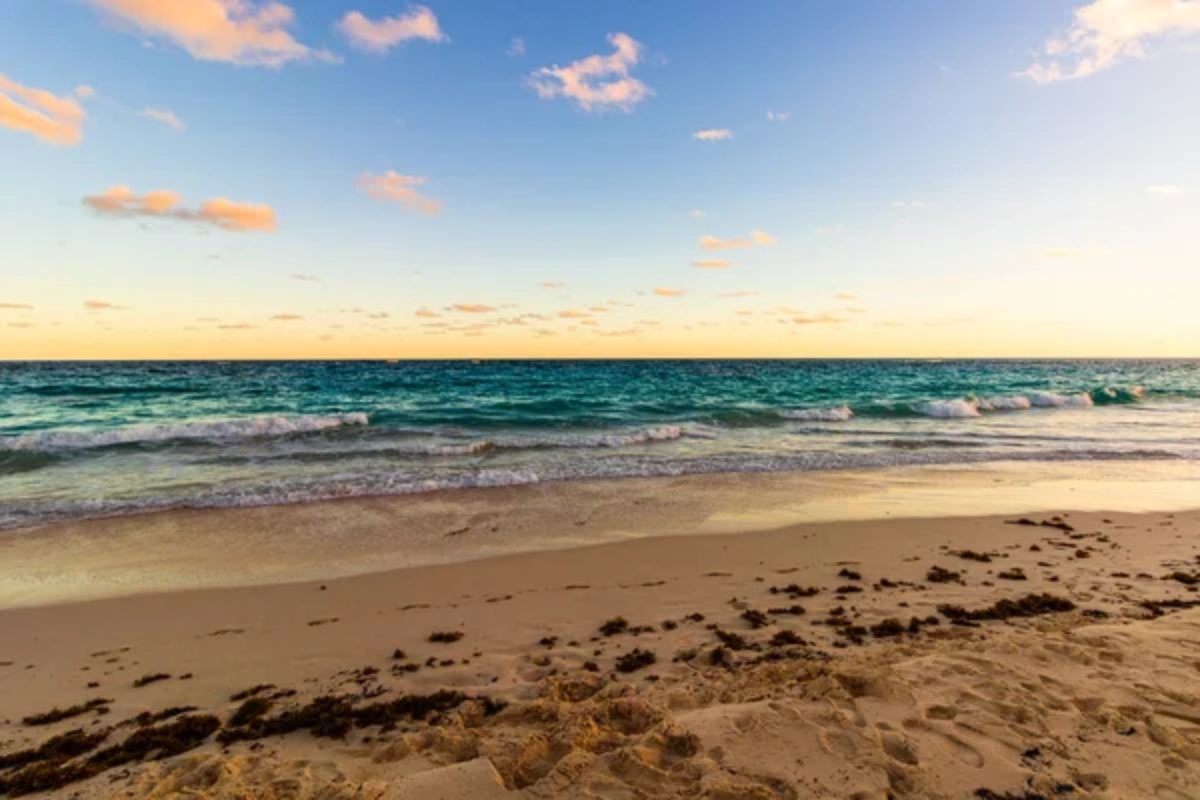
This elongated Bahamian island contains hidden pink sand beaches that reward adventurous travelers willing to explore beyond the main settlements. The island’s relative remoteness means these beaches receive minimal development pressure, preserving both their natural pink coloration and pristine condition.
Local guides can lead visitors to the best spots where the pink sand appears most vibrant.
Like Travel Pug’s content? Follow us on MSN.
Long Island
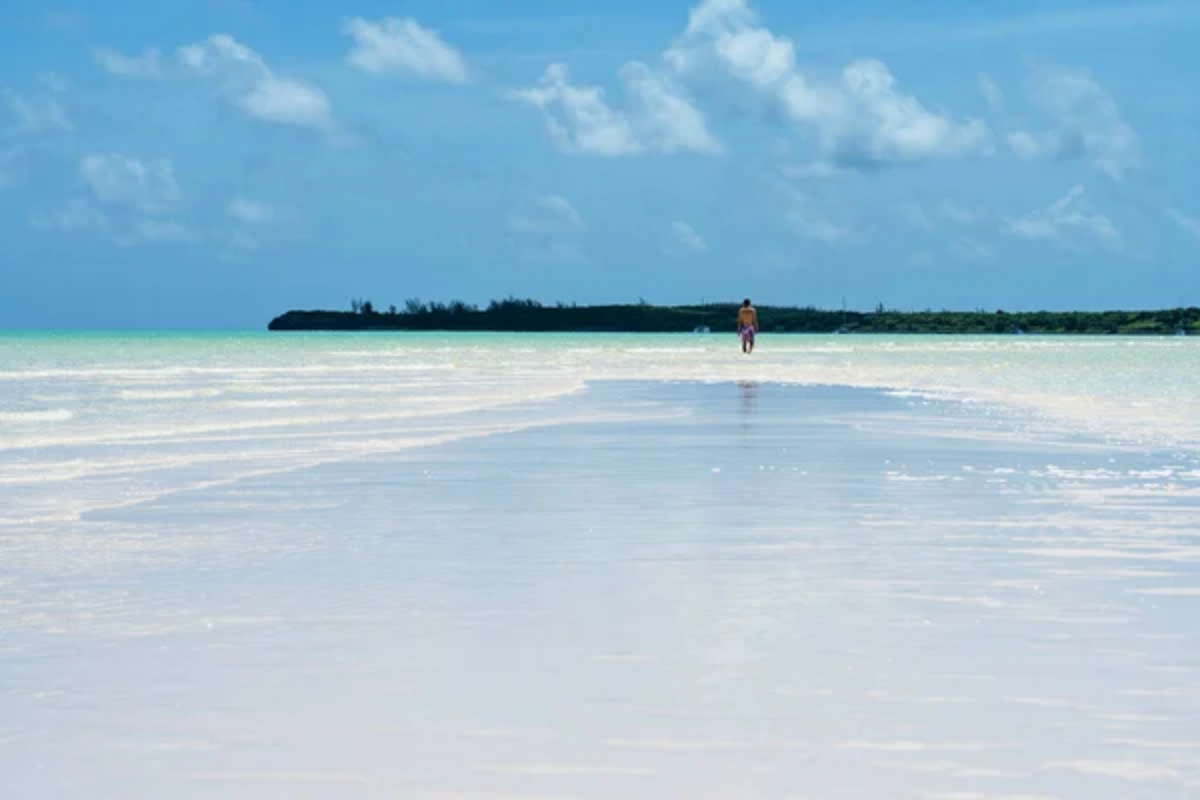
Stretching over 80 miles through the Bahamas, this island features numerous pink sand beaches scattered along its Atlantic-facing coastline. The varying geology along the island’s length creates different intensities of pink coloration, with some beaches showing subtle hints while others display more dramatic coral hues.
The island’s length provides options for finding secluded pink sand beaches even during busy tourism periods.
Exuma Cays
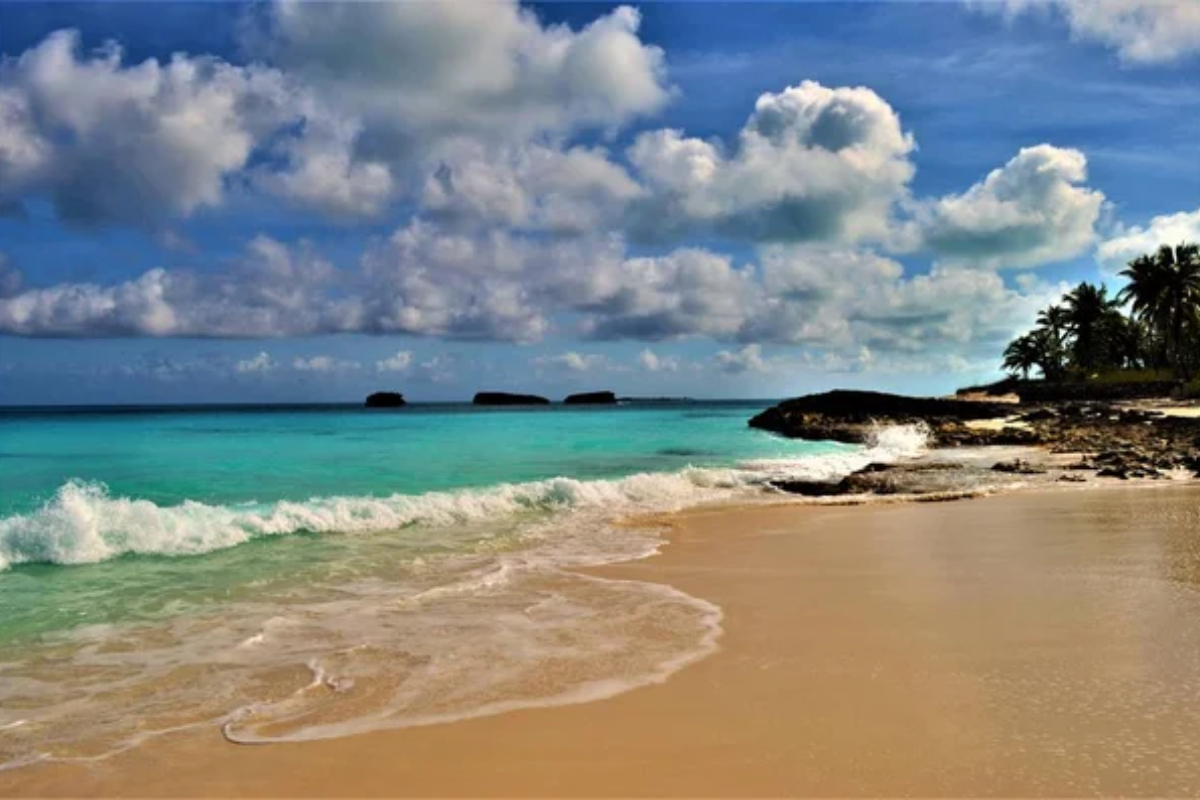
This chain of 365 small islands includes dozens of tiny beaches where pink sand accumulates in protected coves and bays. Many of these beaches remain accessible only by boat, creating opportunities for private pink sand experiences that feel like personal discoveries.
The cays’ pristine coral reef systems continuously supply the shell fragments and coral pieces that maintain the pink coloration.
Staniel Cay
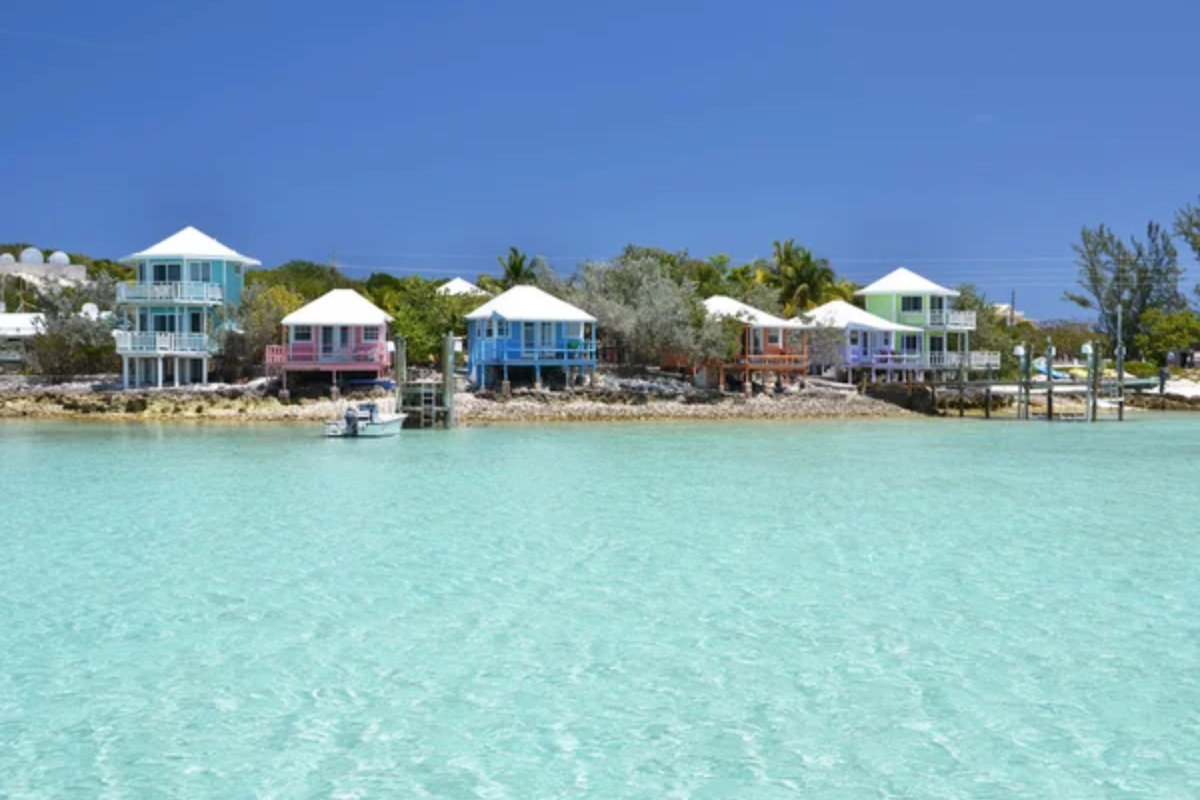
This small island in the Exuma chain features pink sand beaches that complement its famous yacht club and swimming pig attractions. The beaches here benefit from the island’s position in shallow, protected waters where pink sand can accumulate without being dispersed by strong currents.
The combination of pink sand and crystal-clear water creates particularly striking photographic opportunities.
Like Travel Pug’s content? Follow us on MSN.
Rum Cay
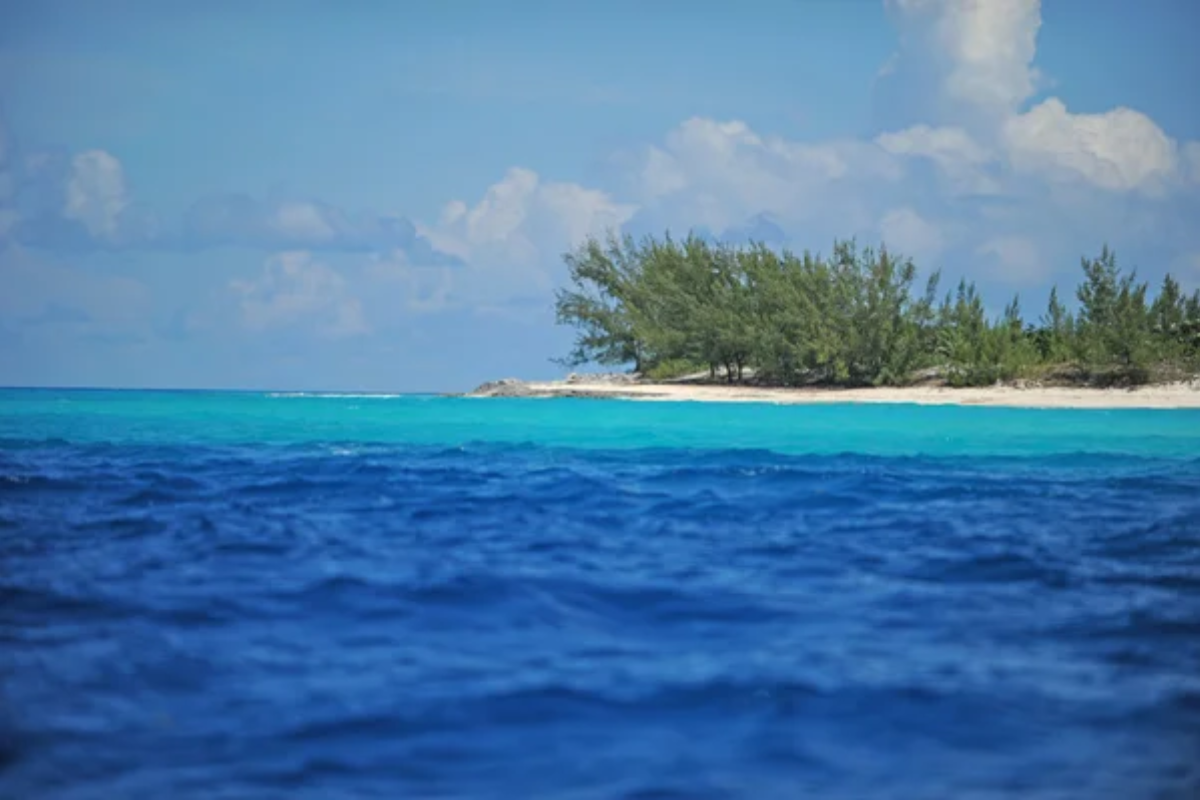
This remote Bahamian island offers pink sand beaches in a setting that feels almost untouched by modern tourism. The island’s isolation helps preserve both the delicate ecological balance necessary for the formation of pink sand and the pristine condition of the beaches themselves.
Visitors typically arrive by private boat or charter, ensuring that these pink sand beaches remain uncrowded.
Mayaguana

Located in the southeastern Bahamas, this island features pink sand beaches along its northern coast where trade winds help concentrate shell fragments and coral pieces. The island receives very few tourists, meaning its pink sand beaches offer genuine solitude for those willing to make the journey.
The remote location preserves the natural processes that create and maintain the distinctive coloration of the sand.
Crooked Island
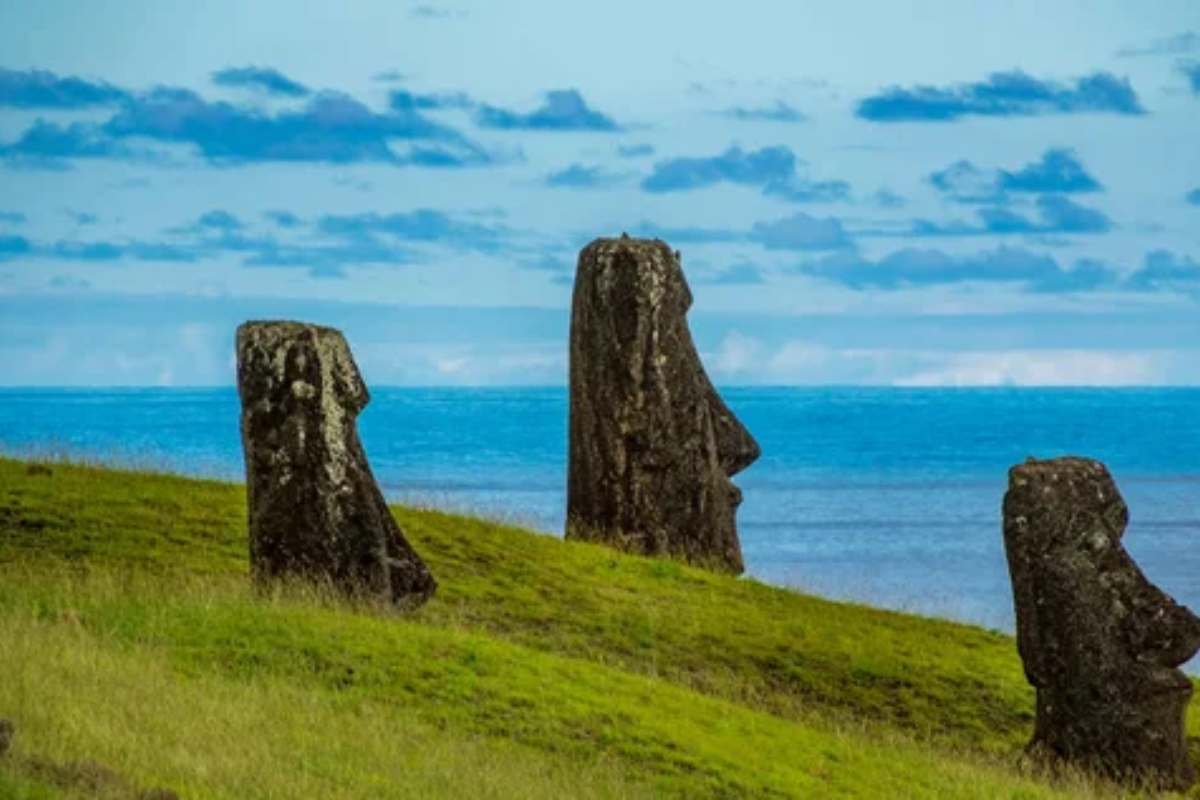
This boomerang-shaped Bahamian island contains several pink sand beaches that showcase different intensities of coloration depending on their exposure to ocean currents. The island’s unique shape creates varying coastal conditions that affect how pink sand accumulates and persists.
Local fishing guides know the best locations and timing for experiencing the most vivid pink sand displays.
Like Travel Pug’s content? Follow us on MSN.
Acklins Island
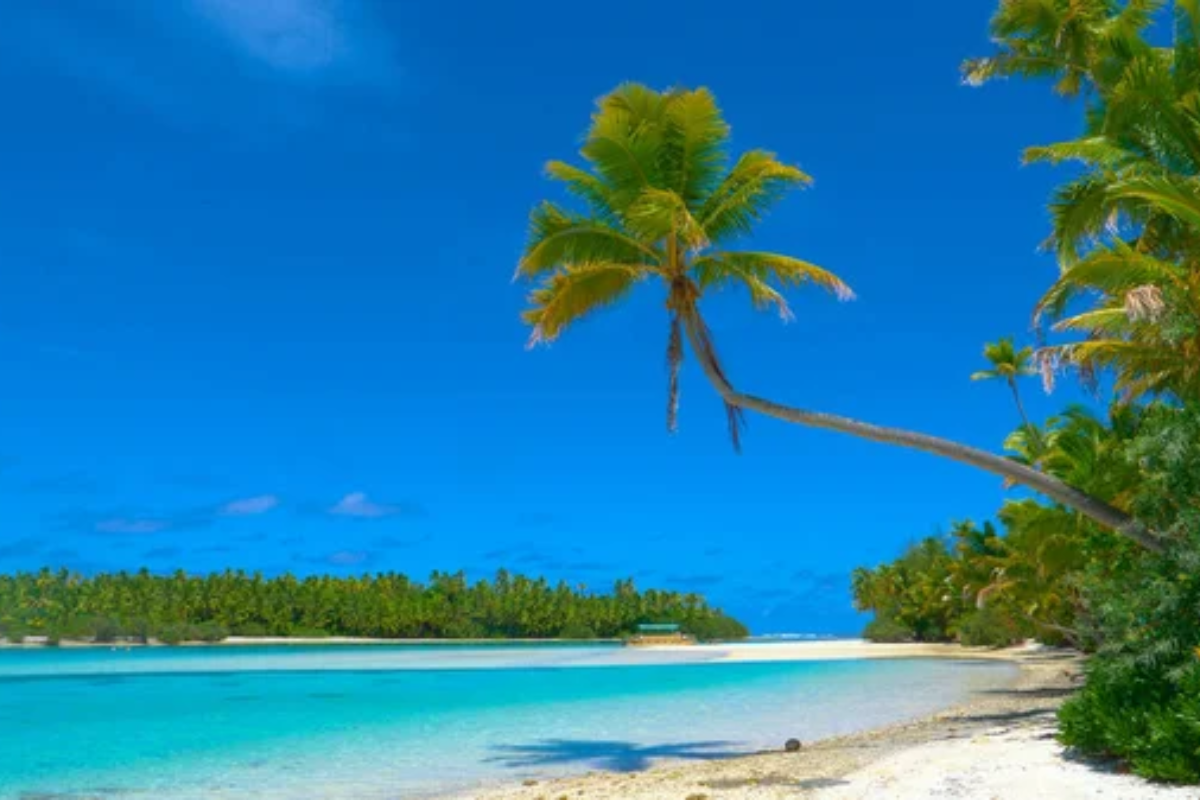
Connected to Crooked Island by a bridge, Acklins features its pink sand beaches along the Atlantic coastline. The island’s position creates ideal conditions for the marine organisms and coral fragments that produce pink sand, while its low tourism numbers help preserve these delicate coastal environments.
The beaches here often display their most intense pink coloration following storm activity that stirs up fresh shell material.
Andros Island
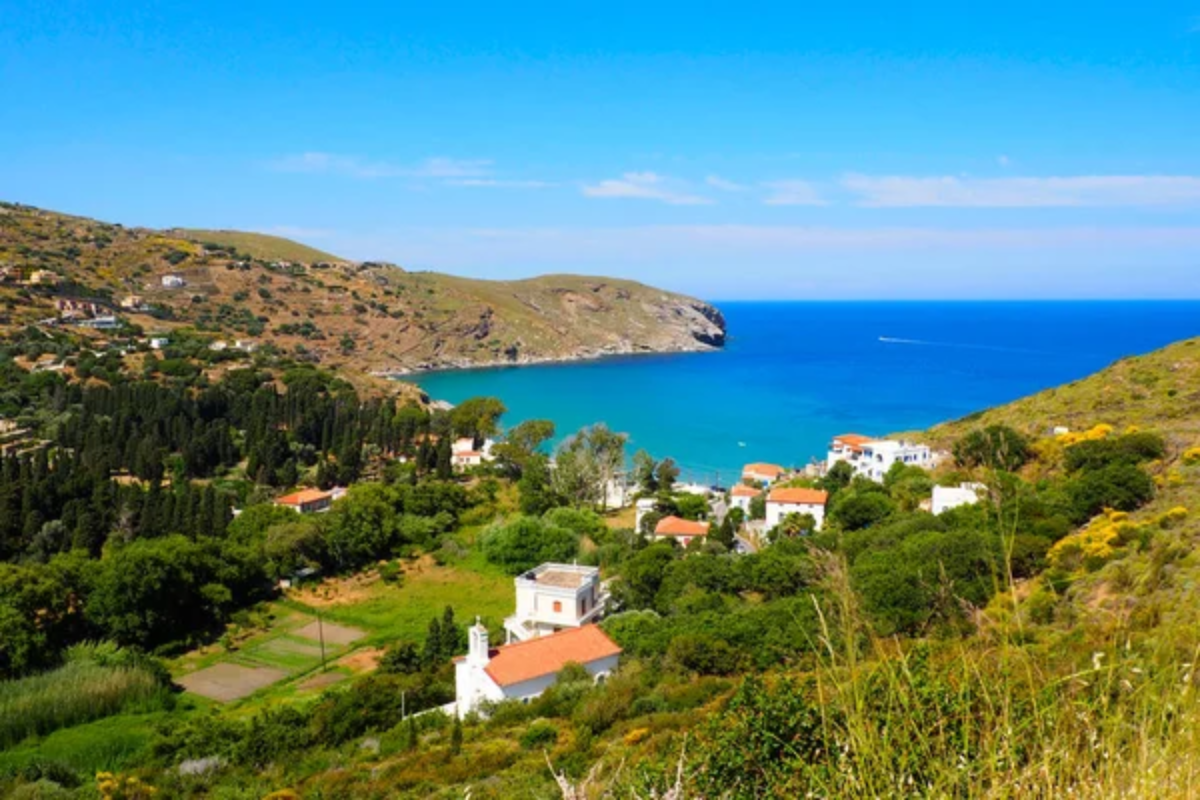
The largest island in the Bahamas contains numerous pink sand beaches along its eastern shore, many of which remain completely undeveloped. The island’s massive size means pink sand beaches can be found in various settings, from open ocean exposures to protected creek mouths.
Andros’s famous blue holes and coral reefs provide the marine environment necessary to sustain the formation of pink sand.
Inagua
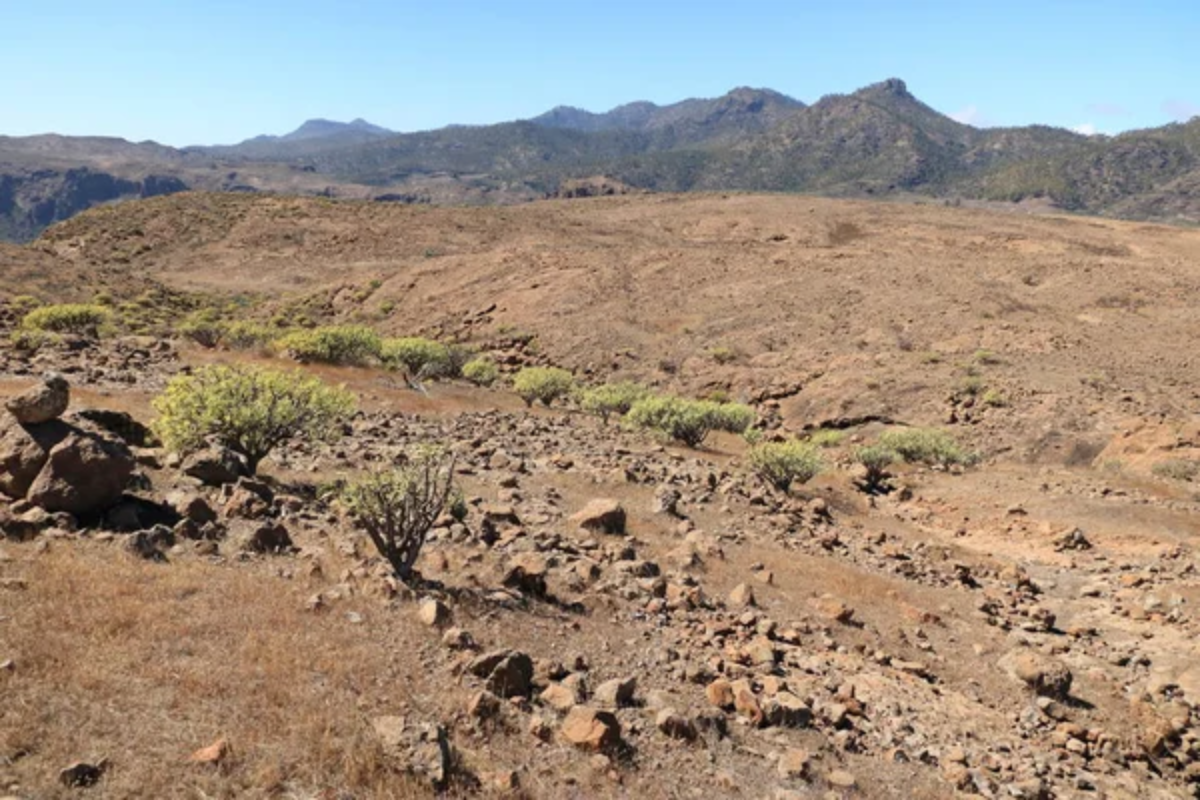
This remote Bahamian island features pink sand beaches that complement its famous flamingo populations and salt production heritage. The island’s position at the southern edge of the Bahama chain creates unique coastal conditions where pink sand accumulates in specific bays and coves.
The combination of pink sand beaches and pink flamingos creates surreal natural color combinations found nowhere else in the Caribbean.
Like Travel Pug’s content? Follow us on MSN.
Nature’s Rose-Colored Canvas
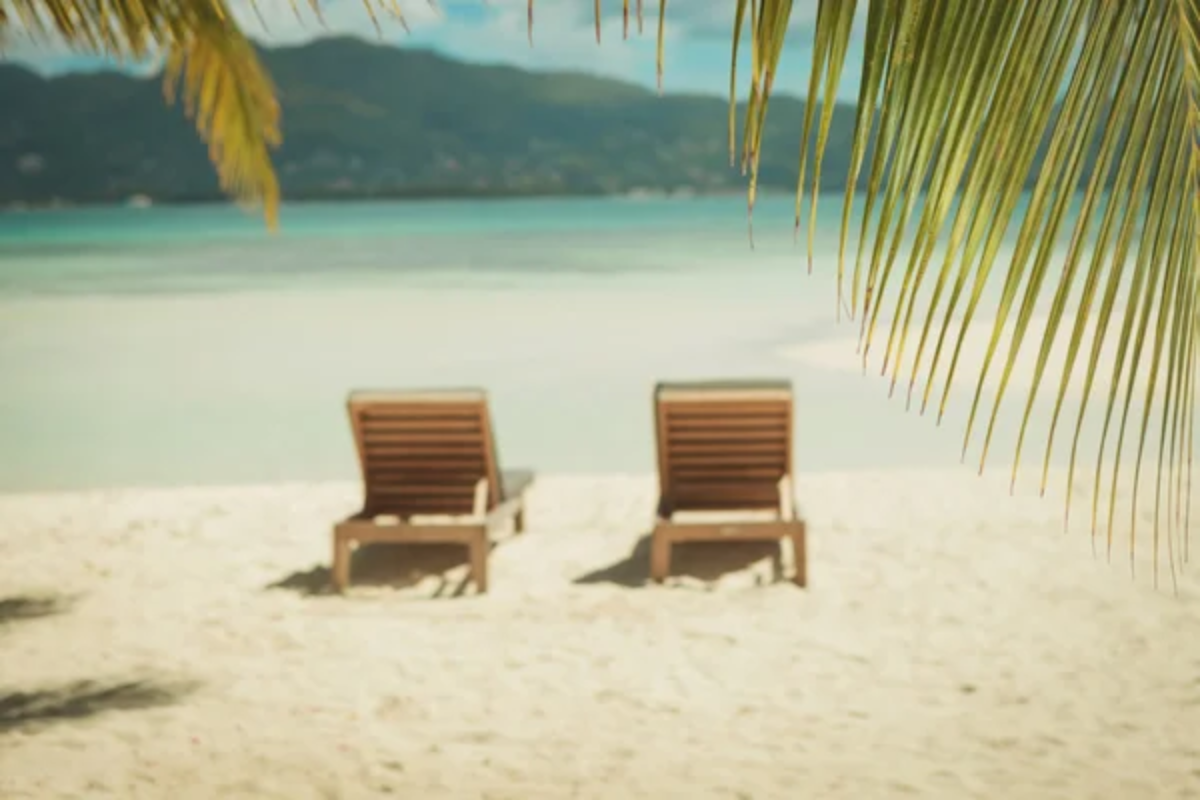
These pink sand beaches represent one of the Caribbean’s most enchanting natural phenomena, created through the delicate interplay of marine life, coral reefs, and ocean currents that few places on Earth can replicate. Each beach tells a story of ecological balance, where tiny red organisms and crushed coral fragments combine with white sand to paint shorelines in shades that seem borrowed from sunset skies.
The rarity of these pink sand formations makes them precious natural treasures that remind us how extraordinary environments can emerge from seemingly simple coastal processes. Walking on these rosy beaches connects us to the intricate marine ecosystems that sustain not just the unusual sand colors but the entire web of Caribbean coastal life that makes these islands some of the most beautiful places on our planet.
More from Travel Pug

- 20 Best Beach Towns in the Carolinas
- 13 Destinations Where Tourists Regularly Regret Their Trip
- 20 Destinations That Are More Magical Without an Itinerary
- 20 Underrated Adventures That Belong on Your Travel List
- 20 Cities Where You Should Just Wing It, No Planning Required
Like Travel Pug’s content? Follow us on MSN.N.
